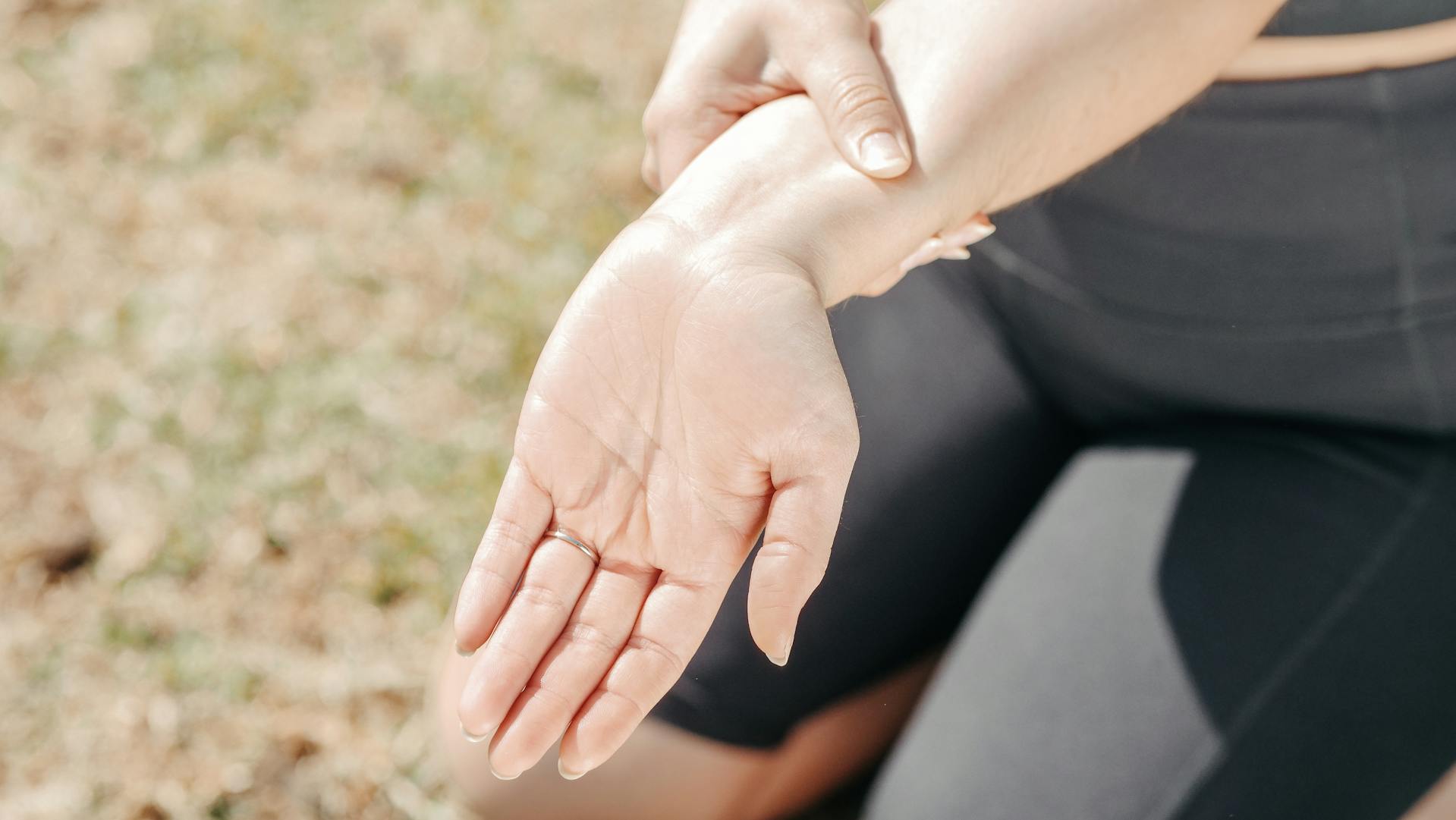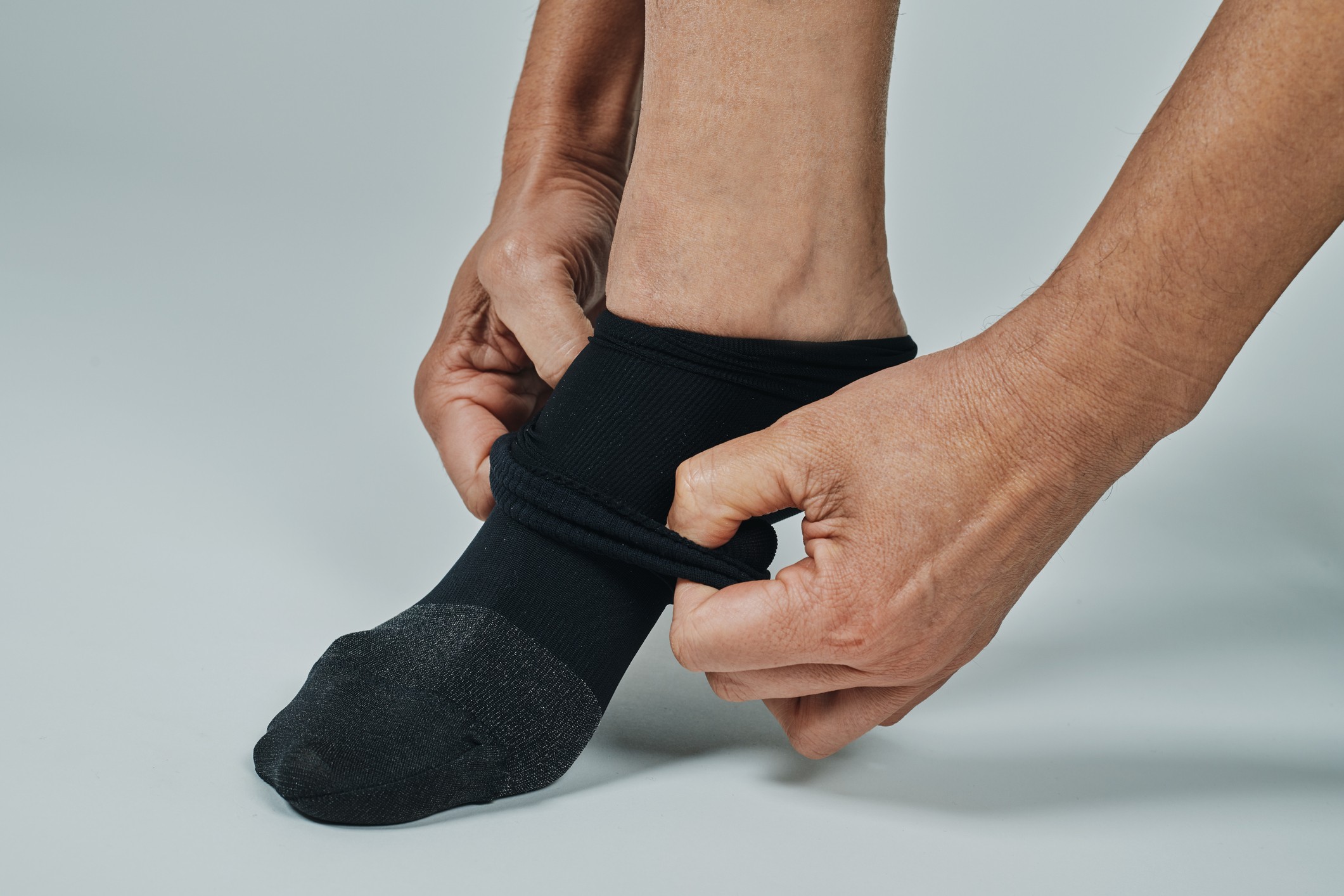Orthotics help maintain foot health, offering personalized support to alleviate pain, improve posture, and enhance mobility. Designed to correct imbalances and provide cushioning, they help prevent or manage a wide range of foot-related conditions, from plantar fasciitis to flat feet. However, like any tool that sees regular use, orthotics can wear down over time, reducing their effectiveness and potentially leading to discomfort or a return of symptoms. Knowing when to replace orthotics is important to maintaining their effectiveness.
When and Why You Should Replace Orthotics
Orthotics experience gradual wear from daily use, much like any other footwear. The materials used in their construction, whether foam, gel, or plastic, begin to degrade with consistent pressure and movement. Over time, this can lead to a loss of cushioning, reduced arch support, and changes in the shape of the orthotic. Factors like exposure to moisture, heat, and impact activities can accelerate this deterioration.
When orthotics wear out, their ability to support the feet diminishes, which can lead to a cascade of issues. Poorly functioning orthotics may fail to properly align the feet, causing imbalances that affect posture and gait. This can result in discomfort not only in the feet but also in the ankles, knees, hips, and lower back.
For those managing conditions like plantar fasciitis or arthritis, worn-out orthotics can lead to a recurrence or worsening of symptoms, impacting daily activities and overall well-being.
Benefits of Timely Replacement
When you replace orthotics promptly, your feet continue to receive consistent cushioning and stability, helping to prevent the development of new issues and avoiding the return of pain or discomfort. Keeping your orthotics in good condition through timely replacements allows you to enjoy improved mobility, better posture, and reduced stress on your joints.
How Long Do Orthotics Typically Last?
Orthotics are an investment in your foot health, designed to provide long-lasting support and relief. However, like any frequently used item, their lifespan is not indefinite. On average, orthotics last between 1 to 5 years, depending on factors such as usage patterns, materials, and the level of care they receive.
General Lifespan of Orthotics
The durability of orthotics depends largely on their design and construction. Soft orthotics made from materials like foam or gel may need replacement after one to two years, as they wear out faster with frequent use. Rigid or semi-rigid orthotics, often made from plastic or carbon fiber, tend to last longer, typically between three to five years.
However, the actual lifespan varies based on individual use, activity levels, and the care provided.
Factors That Influence Longevity
Several factors can impact how long your orthotics remain effective:
- Frequency of Use
Orthotics worn daily or for long hours experience more wear and tear than those used occasionally. Regular use accelerates the breakdown of materials, reducing their lifespan. - Type of Activity
High-impact activities like running, sports, or prolonged standing place additional stress on orthotics, causing them to degrade faster compared to light walking or office work. - Material Quality and Durability
The type and quality of materials used in your orthotics significantly affect their longevity. High-quality materials, such as carbon fiber or medical-grade plastics, are more durable and resistant to wear, while softer materials may lose their shape and support more quickly.
Signs It’s Time to Replace Orthotics
Regularly inspecting your orthotics for signs of wear and determining when to replace orthotics is important for maintaining their effectiveness. Paying attention to changes in how they feel can help you recognize when a replacement is needed. Failing to replace orthotics in time may result in discomfort, the recurrence of symptoms, or even new issues affecting foot alignment and posture.
Here are some clear indicators that your orthotics may need replacing:
- Visible wear and tear, such as cracks or thinning
Examine your orthotics regularly for physical damage. Cracks, worn-out edges, or thinning materials are strong indicators that the orthotics are no longer providing adequate support. - Reduced comfort or foot pain returning
If you start experiencing foot pain, discomfort, or fatigue that had previously been alleviated by your orthotics, it may mean they have lost their effectiveness. - Loss of arch support or cushioning
A key function of orthotics is to maintain proper arch support and cushioning. If the arch feels flattened or the cushioning no longer absorbs impact effectively, it’s time to consider a replacement. - Changes in posture or gait
Worn-out orthotics can disrupt the alignment of your feet, leading to noticeable changes in how you stand or walk. These changes can affect other areas, such as your knees, hips, and lower back, causing additional discomfort. - No longer fitting properly in your shoes
If your orthotics have shifted shape and no longer fit snugly in your shoes, they are unlikely to be providing the intended support. A poor fit can exacerbate foot issues rather than relieve them.
When in doubt, consult a podiatrist or specialist to assess your orthotics and determine if a replacement is needed. Timely replacements ensure you continue to receive the support and protection necessary for an active and pain-free lifestyle. Book an appointment with Care-Med to have your orthotics professionally evaluated and ensure your feet stay healthy and well-supported.
Tips for Extending the Life of Your Orthotics
Although wear and tear are inevitable over time, adopting good habits can help maintain their effectiveness and delay the need for replacements. Below are some practical tips to ensure your orthotics stay in excellent condition for as long as possible.
Regular Cleaning and Maintenance
Keeping your orthotics clean is essential for preserving their materials and preventing odors or bacteria buildup.
- Use a damp cloth and mild soap to gently clean the surface of your orthotics. Avoid submerging them in water, as excessive moisture can damage certain materials.
- Allow them to air dry completely before placing them back in your shoes. Avoid exposing them to direct heat sources, such as radiators or hair dryers, as this can cause warping or cracking.
- Periodically inspect your orthotics for signs of wear and address minor issues promptly to prevent further damage.
Rotating Between Multiple Pairs of Shoes
Wearing orthotics in a single pair of shoes daily can accelerate wear and tear. Rotating between different pairs of shoes helps distribute the stress placed on your orthotics.
- Choose shoes that can accommodate your orthotics comfortably and provide proper support.
- Alternating footwear also allows your orthotics to rest and retain their shape between uses, extending their durability.
Using Orthotic-Friendly Footwear
The type of shoes you wear can greatly impact the lifespan of your orthotics. Orthotic-friendly footwear ensures the orthotics work effectively without unnecessary strain.
- Look for shoes with removable insoles and a deep, supportive heel cup to allow your orthotics to fit properly.
- Avoid tight, narrow, or unsupportive shoes, as they can compress or distort your orthotics, reducing their effectiveness.
Avoiding High-Impact Activities if Orthotics Are Not Designed for Them
Orthotics designed for daily walking or light activities may not withstand the rigors of high-impact sports or strenuous activities.
- If you participate in activities like running, hiking, or sports, consider getting activity-specific orthotics that are built to handle the extra stress.
- Using the wrong type of orthotics for high-impact activities can accelerate wear and reduce their lifespan.
Consulting a Specialist to Replace Orthotics
Knowing when to replace orthotics is not a one-size-fits-all process. Over time, changes in your lifestyle, activity levels, or foot health may necessitate replacing orthotics to ensure they continue to provide the support and effectiveness you need.
Orthotics may appear functional on the surface, but only a trained specialist can accurately assess their condition. A podiatrist or Chiropodist can identify subtle signs of wear, such as material breakdown, reduced arch support, or changes in shape, that might not be immediately visible.
- Specialists evaluate how well your current orthotics align with your foot mechanics and whether they are still addressing your condition effectively.
- They also check for potential complications caused by worn-out orthotics, such as discomfort, posture issues, or worsening symptoms.
Benefits of Reevaluation
Your foot health is not static—it changes over time due to factors like aging, weight fluctuations, injuries, or new activities. Reevaluating your orthotics prescription ensures they continue to meet your evolving needs.
- A specialist can adjust the design, materials, or fit of your orthotics to better align with current requirements.
- Updated orthotics can also incorporate advancements in technology or materials, offering improved comfort and support.
Getting Refitted for a New Pair
When replacing orthotics, a proper refitting process is important to ensure they align perfectly with your current foot structure and biomechanics. Poorly fitted orthotics can cause discomfort or even exacerbate existing issues.
- A Chiropodist takes precise measurements and evaluates your foot’s condition to create orthotics tailored specifically to your needs.
- Properly fitted orthotics enhance comfort, improve mobility, and prevent future complications.
Keeping Your Orthotics and Feet in Sync
Monitoring the condition of your orthotics is important for maintaining their effectiveness and ensuring your foot health remains uncompromised. Worn-out orthotics can lead to discomfort, a recurrence of symptoms, or even new issues related to posture and mobility. By replacing orthotics as needed, you can continue to benefit from the support, alignment, and cushioning they provide, helping you stay active and pain-free.
If your feet are sore, tired, or just not feeling right, it might be time for a closer look. Book a foot assessment with our certified Chiropodist. No referral needed.
Share This Story, Choose Your Platform!
Table of Contents
We specialize in orthotics, body braces, and compression wear tailored to your unique needs in Toronto. Reach out to us at info@caremed.care or call 416-782-5353 to book your fitting and consultation.
Experience the difference of customized solutions designed just for you.











